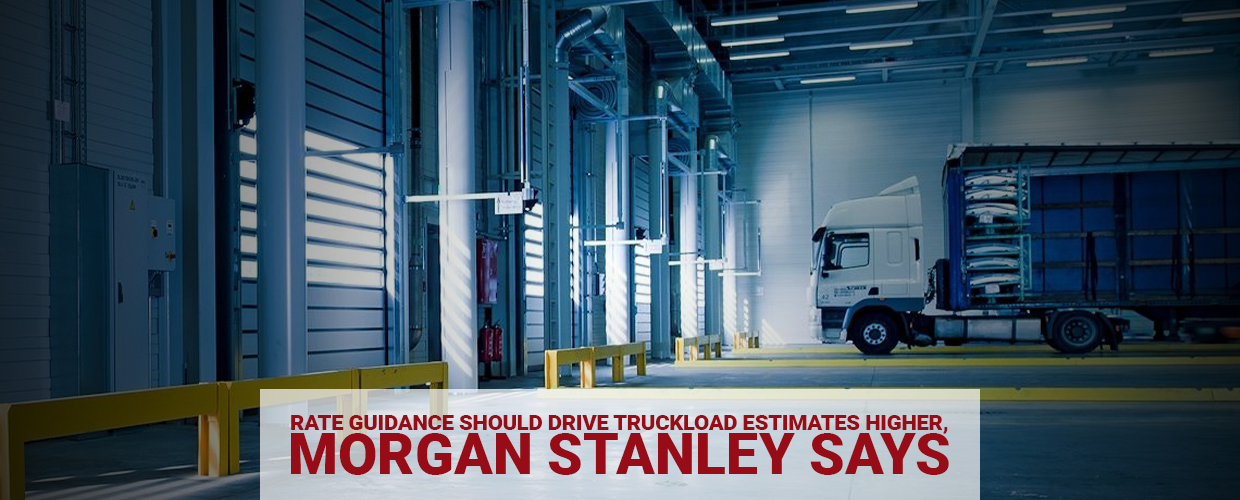The Outlook
Ground freight, exceptionally long haul trucking, is a significant portion of transportation costs and activity. Long haul trucking costs include labour costs, fuel prices, and truck/equipment.
Rising fuel prices and rising labour costs, a shortage of drivers, higher truck/equipment costs, and increased fuel costs are all factors that will lead to higher costs in the future. USA more restrictive guidelines also make it likely that prices will rise.
Many complex elements require complex solutions and understanding each aspect and its business function is the key to finding these solutions.
A Variety Of Factors Are Likely To Push TL Rates Higher Again In 2022
Spot rates have been upward due to the high demand for TL capacity. Contract rates, which make up the bulk of revenue for large carriers, are also rising. The 2021 contract rates are forecast to rise by midteen percent, with the initial mark of plus-5% for next year.
This inventory restocking cycle is fueled by solid consumer spending and retailers bringing forward merchandise in advance of the holidays. The increased freight demand has been met with a decrease in drivers, as many have retired from the industry or moved to other sectors that offer comparable wages.
The Drug and Alcohol Clearinghouse has recorded almost 100,000 violations, with only 20% returning to a “not prohibited” status.
Labor Cost Outlook –
Labor costs have increased due to a shortage of drivers. This shortage is not expected to be solved for at least ten more years in the current industry practice. To meet the demand for 2021, it is likely that 60,000 or more drivers will be required.
While the driver portion of labor costs may be reduced slightly by older drivers who are now retired, younger drivers with lower wages will continue to drive the demand.
Other factors, however, will increase labor costs overall. However, labor will be more expensive than fuel costs for transportation companies in the long term.
Forecast: Less Than A Truckload
LTL volume has reached its peak, and capacity will continue to shrink until December’s middle. The traditional holiday peak season will see a lot of overflow from the parcel, and LTL is experiencing increased volume due to truckload capacity issues.
However, some lanes have softened, and LTL carriers are looking at additional volume. However, don’t expect rate relief and service to improve with increased capacity.
- Non-conforming freight (poorly packaged, over length, residential delivery, etc.) It won’t be easy to move again.
- Service levels will be affected by staffing issues, both for drivers and dockworkers. While hiring is happening, carriers are increasing wages and offering incentives. However, vaccine requirements could slow down the process.
- More carriers are often assessed detention charges, often due to congestion at distribution centers. For example, weather conditions in Q4 (hurricanes and winter weather) should be considered, resulting in intermittent embargoes for affected areas.
Carriers will continue to catch up with demand, and there is a possibility of a slowdown in the New Year. As just-in-time shipments become less reliable in their supply chains, companies increase inventories. Many industries in the USA that use LTL shipments will feel the ripple effect of September’s closure of their automotive production plants.



